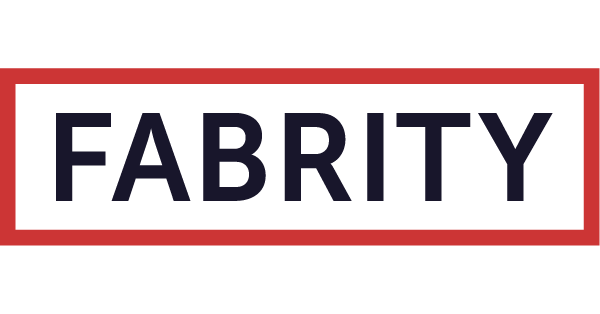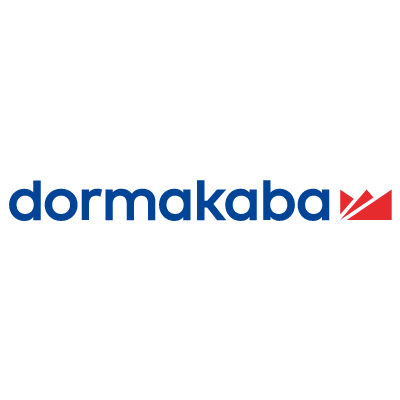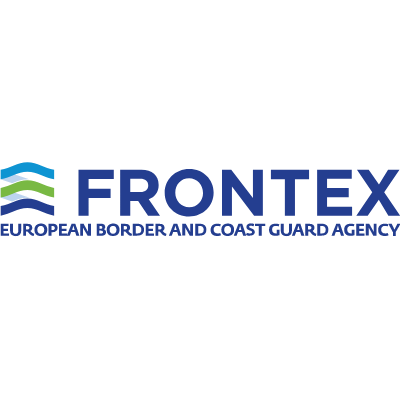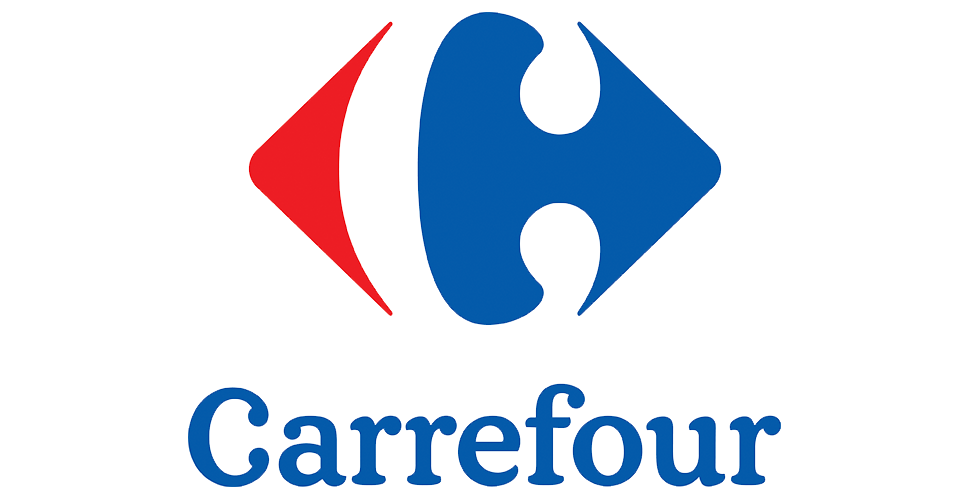When it comes to custom software development, selecting the appropriate pricing model can make or break a project. This article explores the pros and cons of two commonly used contract types: Time and Materials and Fixed Price. We also introduce an innovative middle-ground solution: Quoted Time and Materials (QT&M). Whether you’re a start-up that needs significant agility or an enterprise in need of predictable budgeting, understanding the difference between time and materials and fixed-price contracts will let you make the right choice for your needs.
What are time and materials contracts?
Time and materials contracts are a form of contract that involves payment for the actual time and materials spent in the development process. Time spent obviously means hours worked by each person involved in the process, while materials in the case of a software development company mostly refers to software licenses and perhaps server access, though specialized equipment may occasionally be purchased. In other words, such an agreement consists in the customer agreeing to pay a certain hourly rate for the actual hours worked and to front the cash for whatever software is needed to complete the development process.
A time and materials model also entails significant involvement from the client, who is regularly appraised of the progress made by the development team and directs their further work. In fact, that is the main point of time and materials contracts: to create a framework that allows for modifying the project scope and targets as the project evolves.
Advantages of the time and materials contracts
The main advantage of time and materials contracts is their flexibility. Because the service provider is being paid on an ongoing basis, the customer can easily add new objectives to the project or even shift the project scope entirely if needed. While this makes it very easy to overrun your budget, it also means that you can cut off the contract at any time if it’s putting too much strain on your resources. You can also speed up the project (for instance, to overtake the competition or launch before a certain date) or slow it down (for example, if ongoing costs become too burdensome) by contracting more or fewer work-hours or developers (within reason, obviously—as the old project management joke goes, “nine women won’t give birth in a month.”). This flexibility is particularly valuable when dealing with uncertain business environments.
Read more on bespoke software development:
Industrial IoT solutions—5 practical examples
React best practices that accelerate app development and cut maintenance costs
8 generative AI trends to watch in 2025
8 practical applications of AI in manufacturing
Boosting productivity with an AI personal assistant—three real-life use cases
How to choose a tech stack—10 factors every CTO/CIO should consider in 2024
Furthermore, the time and materials approach is a very involved cooperation model, encouraging the client to monitor the project’s progress and participate at every stage of development on an ongoing basis. This means that this contract type gives you great control over the project scope and progress. This can be very useful when you’re not certain about a software project’s ultimate outcome.
Software development professionals like to joke that clients can never define what they really want, but this is not necessarily their fault. Often, it’s only revealed during the software development process that certain features need to be added or altered. Not to mention that in highly competitive business environments, it may be necessary to shift focus during the whole process because of emerging trends, new customer expectations, or competitors’ innovations. Similarly, in completely new fields, such as are explored by start-ups, such an approach might be downright necessary, because nobody really knows ahead of time what will work.
The advantages of time and materials contracts:
- Flexibility—change whatever you need, whenever you need in your project.
- Sponsor participation—take part in the process every step of the way.
- Adaptability—pivot to new objectives when conditions require.
Disadvantages of the time and materials pricing model
The greatest disadvantage of this contract model is its lack of predictability, especially in terms of project cost. While it’s great to be able to adjust the project scope, add new features, or even change direction entirely when needed, this is also a very easy way to inflate the project’s total cost. This can be mitigated with a not-to-exceed clause sometimes included in this contract type.
However, it may be impossible to achieve all the objectives within set limits. So, there is a financial risk involved here, and without careful risk management, it’s easy to either overspend or run out of money before the product is ready. The same applies to the time the development process takes, which cannot be exactly predicted if the project scope may change and objectives are not specified.
The disadvantages of the time and materials model:
- Cost overruns—it’s very easy to spend more than intended by adding new objectives or changing old ones
- Indeterminable time and cost—it’s almost impossible to determine how much money and time such a flexible project might take
Common contracts—fixed-price contracts
A fixed-price agreement is a contract model in which you agree to pay a fixed price for the delivery of a completed software product. This means that, unlike in time and materials contracts, with fixed-price contracts all the project management and budgeting are on the software development company. The customer presents detailed project requirements and expectations about the product, and the service provider calculates the amount of time and materials that will be necessary for the project scope and provides the customer with a quote for the final price. Making sure that everything is done on time and within budget is then the responsibility of the service provider and their project manager. All the customer has to do is take delivery of the final product when it’s ready.
Fixed-price contract pros
The main advantage fixed-price contracts offer is predictability. You know up front how much you will have to pay and how long the process will take. Thus, the final cost can be included in the budget and no price adjustments will be necessary. Any unpredictable extra costs are the service provider’s problem.
Fixed-price contracts can also be expected to be finished at a specified time. Therefore, fixed-price contracts are a good option for well-defined projects with known project requirements, or when risk management is important, or when the budget is constrained and it’s important not to exceed it. Furthermore, unlike time and materials contracts, the fixed-price model does not necessitate extensive client involvement.
The pros of fixed-price contracts:
- Predictability–you know up front how much it will cost and take.
- No need for oversight–you provide the specs and money and get a finished product.
Fixed-price contract cons
The fixed-price model implies that the project has a well-defined scope that can be predicted ahead of time. However, this is not always the case, and in such situations, a fixed-price model is in fact riskier than a time and materials contract because the project requirements cannot be adjusted during development. Similarly, while fixed-price contracts are usually good for risk management, if it becomes necessary to change the project requirements or add more functionalities, the contract must be extended or a new one has to be signed, which tends to be expensive. Thus, the final cost can be higher than it would be under the time and materials model.
Furthermore, with fixed-price contracts, the customer has little control over the whole process. Should the final product turn out not to be what was expected, all they can do is argue that the service provider did not fulfill the contract, but often problems arise from imprecise directions in the fixed-price agreement or even the customer not knowing all the details of what is going to be needed.
The cons of the fixed-price model:
- Fixed—fixed-price contracts are… well, fixed: you get what you ordered at the start.
- No flexibility—any changes in objectives are either impossible or very costly.
- Lack of oversight—once you place the order with the service provider, it’s out of your hands.
- Risk of not defining objectives clearly—the service provider will provide what you tell them to, but if you do not define it clearly, it might not be what you actually wanted.
Time and material vs. fixed-price contracts
In some ways, time and materials contracts are fairer than fixed-price contracts, in the sense that the customer only pays for the actual time spent on the project being developed. In a fixed-price model, a significant part of expenditure goes toward the research necessary to prepare detailed specifications and calculate the project’s total cost up front, to avoid paying for the service provider resting after having done the bare minimum.
However, fixed-price contracts offer much more cost predictability—you pay however much you agreed (the time and materials expended on fixed-price projects are the project manager’s problem) and receive what you specified in the planning stages at the beginning of the entire project. Hopefully, by that time, it’s still what you need. Unlike fixed-price contracts, time and materials contracts are a much less predictable pricing model and can easily balloon beyond measure as the project scope shifts and new objectives are added.
On the other hand, by choosing fixed-price contracts, you run the risk that if you do realize you need more functionalities or changes after the entire project is done, the cost of improving the final product can be prohibitive. So, the associated costs may indeed turn out to be lower in a time and materials model.
Therefore, choosing the right pricing model is not a matter of deciding who wins in the time and materials vs. fixed-price contracts competition, but which model is more suitable for the project scope and expectations in any given case. Time and materials contracts are appropriate for situations such as R&D projects and rapid prototyping or when project requirements are unknown or evolving. Therefore, it might be a good model for a start-up exploring new market niches or for companies operating in a highly competitive environment where they have to keep up with changing trends and standards.
On the other hand, a fixed-fee contract type is appropriate for those who need a predictable, fixed budget, such as public sector institutions and companies that have to meet strict compliance rules, but also for simple short-term projects, such as basic mobile apps, proof of concept deliverables (meant to showcase a functionality within narrow requirements), or marketing campaign websites.
Choosing time and materials makes sense when:
- You are not sure what you need/want.
- You need to monitor the work.
- You want flexibility to change direction.
- You don’t have a fixed budget/deadline.
Choosing fixed-price contracts makes sense when:
- You have a fixed budget.
- You need to define the costs up front.
- You know exactly what you need.
Fabrity’s alternative custom software development contract type—QT&M
If the time and materials vs. fixed price choice is still not clear, here at Fabrity we have another alternative contract type. In our quoted time and materials (QT&M) model, the contract price is based on a well-defined backlog of tasks, which each have an assigned time and workload. The project’s total cost is thus the sum of the prices for each task. This can be visualized as a set of blocks that the customer can assemble, choosing the functionalities and features that they believe will be the most important, leaving aside the less crucial ones that don’t fit within the budget. We can assess the final price of each of the elements and the time and materials necessary to complete each task thanks to our extensive experience with completing IT projects for a variety of industries.
This contract model allows you to avoid the bottomless-well phenomenon often associated with time and materials contracts, where you pay for the developers’ work time, never knowing how long it will take to develop a given functionality and, thus, how much it will all cost in the end. On the other hand, fixed-price contracts tend to overestimate the project’s total cost, because the service provider wants to have a buffer in case of unexpected problems or changes to the project scope or requirements. This surcharge can sometimes equal half the price, if not more.
Unlike with fixed-price contracts, in the case of the quoted time and materials model, because each functionality is priced separately, we need no time and cost buffer, because each “block” is a smaller task that is easier to evaluate, especially with our extensive experience in the field. Furthermore, if you need to change the project scope and add extra functionalities, it is easy to add new tasks to the backlog, each with a predictable fixed price that can be added to the final cost, allowing you to control your finances better. In other words, the quoted time and materials model facilitates better risk management in IT projects.
Choose QT&M when:
- You want a predictable rather than fixed price.
- You want to have predictability but also retain some flexibility.
- You have a good idea of what you need but also want to be able to adapt as the project changes.
- You want to optimize costs and risk management.
Time and materials vs. fixed price vs. QT&M
As we’ve mentioned before, choosing time and materials vs. fixed-price contracts is not a question of one being better than the other, but more of each being more suitable for various times of projects.
You may choose time and materials when you’re not sure what final outcome you’re aiming for and therefore want to be constantly involved in the project and have the flexibility to make any changes necessary as it progresses and you don’t have a fixed budget and timeline. The main risk here is runaway cost inflation. So, it’s good for:
- prototyping
- start-ups
- competitive business environments
- constantly developing apps
On the other hand, choosing fixed-price contracts is the better option when you have a fixed budget, need to meet a strict deadline, and know exactly what you want. However, you run the risk of getting exactly what you specified, rather than what you need, with no ability to fix things easily or cheaply. Therefore, they are good for:
- governmental organizations
- simple apps with limited functionalities
- temporary websites
- business environments with strict compliance rules
However, if your project does not fit neatly into either extreme (few things really do), what you may need is a quoted time and materials contract. In this model, your project is divided into a backlog of specified tasks, the completion of which will result in the implementation of a selected functionality in your software. Using our extensive experience in the industry, we can precisely assess the cost, time, and work-intensity of each task, providing you with a predictable estimate of the cost and timeline of the whole project while giving you the flexibility to choose which functionalities to include and even switch them out for others if need be.
This type of innovative thinking based in experience is what you need to optimize risk management in your business.









